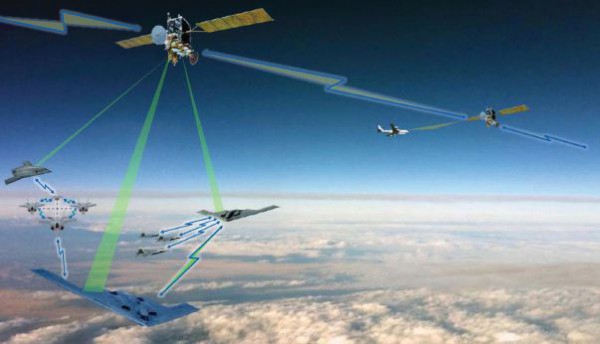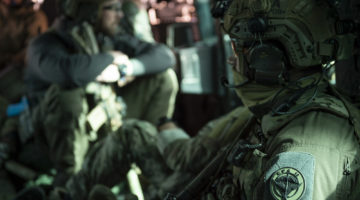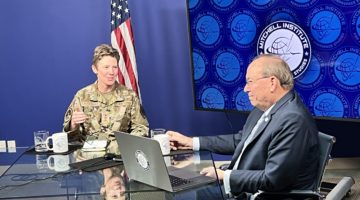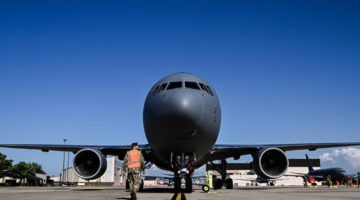Manned-Unmanned Aircraft Teaming: Taking Combat Airpower to the Next Level (Source : Mitchell Institute Policy papers)
Authors >>> Douglas Birkey,Executive Director, The Mitchell Institute for Aerospace Studies, Lt Gen David Deptula, USAF (Ret.) Dean, The Mitchell Institute for Aerospace Studies, and Maj Gen Lawrence Stutzriem, USAF (Ret.), Director of Research, The Mitchell Institute for Aerospace Studies
Abstract >>> Modern airpower is on the cusp of a major technological and operational transformation. Thanks to advancements in autonomy, processing power, and collaborative information exchange, the US Air Force will soon be able to fly traditionally manned combat aircraft in partnership with unmanned partners. At a time when the service desperately needs to add combat capacity, while also developing new and enduring advantages in a world of competitive, burgeoning threats, this is an opportunity that must be explored and exploited. Though this technology is promising, this does not mean compromising the Air Force’s commitment to advanced systems like the F-35 and B-21, but instead raises the imperative to think about a new composition of aircraft to achieve mission capabilities that maximize the attributes of human operators and autonomy in a highly interdependent fashion. To achieve this, the Air Force should explore the advantages that could be yielded through collaborative teaming of manned and unmanned combat aircraft. This combination may provide increased numbers of affordable aircraft to complement a limited number of exquisite, expensive, but highly potent fifth-generation aircraft.
READ FULL PAPER >>> Mitchell Institute Policy Papers, Vol. 15, July 2018
Credit for Illustration >>> http://science.dodlive.mil/2014/09/05/were-all-in-this-together-improving-the-technology/












